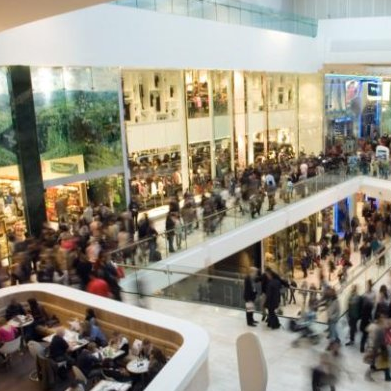
The number of retail store closures in the first quarter of 2017 puts the country on track to eclipse the number of retail closures in 2008, which kicked off the Great Recession.
America’s biggest retailers—Walmart and Macy’s included—posted disappointing first-quarter financial results.
Are we, as The New York Times posited this week, at a tipping point in retail? Is it inevitable that e-commerce will eventually overtake (and even quash) brick-and-mortar shopping, despite expert claims that the two can, in some configuration, ride off into the sunset together?
The answers to those questions vary wildly, depending on whom you ask.
Certainly, one thing is clear though: The contraction of physical retail will result in a marked rise in overall U.S. unemployment.
Around one in 10 Americans works in retail, and since October 2016, roughly 89,000 Americans who work in general merchandise stores have been laid off, according to The New York Times.
That number represents “more than all of the people employed in the United States coal industry, which President Trump championed during the campaign as a prime example of the workers who have been left behind in the economic recovery.”
As retail consultant Bob Phibbs told me last week in our interview, the retail industry will continue to catalyze layoffs and, like gigs in coal mining, “these jobs aren’t going to come back,” he said.
Of course with the rise of e-commerce, new retail-related jobs are surfacing—but it’s looking like more of these new posts will be part-time, not full-fledged careers with benefits.
Amazon announced last week that it will hire more than 30,000 part-time, work-from-home customer service reps over the next year and plans to create 100,000 full-time jobs in the U.S. over the next 18 months.
And as online shopping becomes the norm, jobs in warehouses and distribution centers will flourish.
But even those new jobs won’t entirely stem the tidal wave of layoff-induced economic aches coming our way.
“The current torrent of closures comes as consumer confidence is strong and unemployment is low, suggesting that a permanent restructuring is underway, rather than a dip in the normal business cycle,” wrote Michael Corkery in The New York Times piece. “In short, traditional retail may never recover.”
(Photo courtesy of Simon Property Group)
Follow JCK on Instagram: @jckmagazineFollow JCK on Twitter: @jckmagazine
Follow JCK on Facebook: @jckmagazine